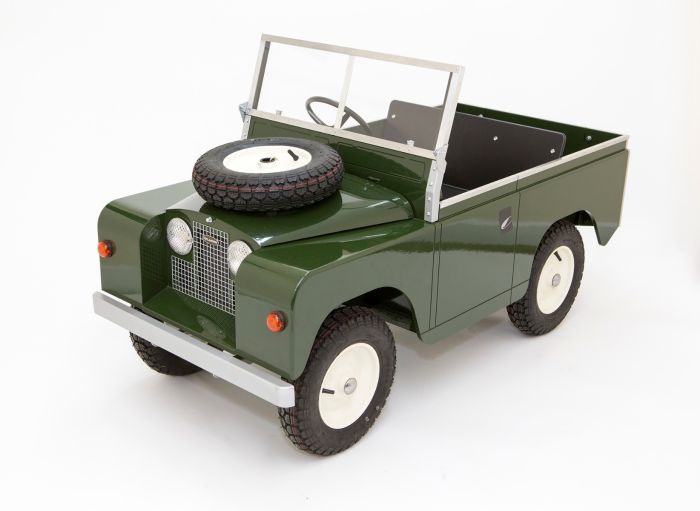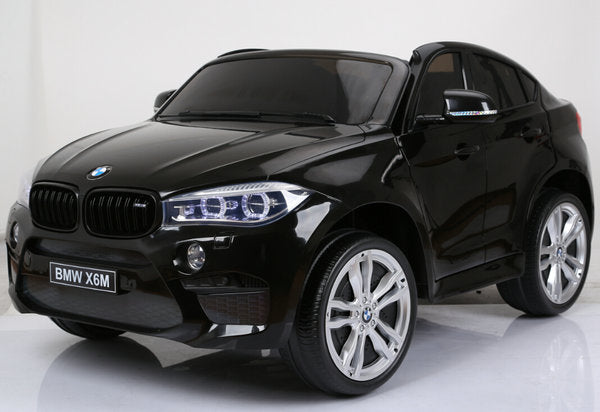Best Tips On Deciding On Remote Control Childrens Cars
Wiki Article
What Do I Need Know About Battery Life And The Charging Time Of An Electric Ride-On Children's Car?
Knowing the battery type and charging times of a kid's electric ride-on vehicle is vital to ensure optimal performance and continuous playtime. What do you need to know - Battery Type
Most electric rides-on cars are rechargeable and use either lithium-ion or led-acid batteries. In general, lithium-ion rechargeable batteries offer a longer battery life as well as faster charging times than lead acid ones.
Battery Capacity
The operating duration of the ride-on vehicle is dependent on the battery's capacity. This is measured in amp-hours, or watt-hours. The capacity of the battery is crucial since it determines the length of time the car's ride-on capabilities last prior to recharging.
Run Time -
The run time is the longest quantity of continuous operation an electric vehicle can provide on a single charge. It is based on a variety of variables such as the battery, the motor, the terrain, and the weight or the rider.
Typical electric ride-on car run times range between 30 minutes to two hours on a single charge. Some high-capacity battery packs may provide longer run times.
Charge Time
The charging duration is how it takes to fully recharge a exhausted battery. The charging time varies based on battery capacity, charger specs and the charging method.
The average charging time of electric ride-on vehicles is 8-12 hours. Certain models can charge faster and charging times, particularly models that utilize lithium-ion batteries.
Safety and longevity of the battery depend on charging the battery in accordance with the manufacturer's guidelines. Battery performance and longevity can be affected by overcharging or undercharging.
Charging Method
Chargers for electric ride-ons are typically connected to standard electrical outlets. Some models feature fast charging features, or have a charger that can adjust its rate of charging based on the battery state.
To ensure that the battery is not damaged or harm to electrical systems, ensure the charger in the ride-on car is compatible with the charging port.
Batteries for Other Use -
Some electric ride-on vehicles provide the option of purchasing additional batteries, or even spare batteries for extended playtime. If you have extra batteries, you could quickly swap them out to fully charged ones in order to cut down on the time between repairs.
Understanding the life of the battery in your electronic kids' ride-on car as well as its charging time will allow you to ensure that your child enjoys exciting and fun adventures while exploring their world. Using the correct charging techniques and charging the battery on a regular basis will prolong battery life. Have a look at the recommended kids cars for more examples including childs electric ride on car, electric toy car, toy toy cars, a toy car, race car toy car, toy with car, pedal car, electric ride on, ride on toy, car for toy and more. .

Why And How Do There Exist Different Levels Of Skill For Electric Ride-On Cars?
Electric ride-on vehicles often have multiple speed settings and control options to cater for different levels of experience and ensure a safe and enjoyable experience for kids. Here's why and how these features were put into place safety
Children are different in terms of confidence and skill when it comes time to drive on-road vehicles. With the option of various speeds, parents are able to alter the maximum speed of the car to suit the child's needs, reducing the risk of accidents or collisions.
Children who are just beginning or learning how to drive the ride-on cars will benefit from lower speed settings as older children and those who have more experience can use more speed settings.
Gradual Learning Curve -
The electric ride-on car that has the ability to adjust its speed allows children to improve their driving abilities gradually. Beginners will gain confidence as they become familiar with the controls at lower speeds.
Parents can boost the speed of driving of their children as they grow more proficient at driving. This gives them a sense of success and advancement.
Parents Control Parents Control
Certain electric vehicles have parental control options which allow parents to restrict the maximum speed of the vehicle at a distance. This feature provides parents with peace of mind knowing that they can alter or control the speed to ensure their child's safety.
Models can include parental control options, such as remote speed limiters or emergency stop buttons.
Adaptability -
Children's interests and abilities will change as they grow and grow. Electric ride-ons with a variety of speed settings are flexible and adaptable to the changes.
As they grow in confidence and abilities as they gain confidence and ability, children can be elevated to faster speeds for an exciting and demanding experience. Parents can also reduce the speed in order to accommodate children and friends.
Customization -
Different speed settings permit individualization and personalization of the ride experience according to individual preference and needs. The speed is adapted to suit the child's comfort and level of excitement.
Certain electric vehicles come with additional features like variable acceleration and braking sensitivity. These features permit finer control of driving in accordance with specific needs.
Overall, electric ride on vehicles with a variety of control and speed options provide an enjoyable, safe, and a personalised experience for kids. It is the same regardless of age, ability level or personal preferences. These features help build confidence, growth in skills, and fun adventures, and allow parents to monitor and intervene as needed. Check out the best go here about Audi kids car for website info including lambo toy car, remote control childrens car, 2 seater electric cars, childrens ride on, digger ride, kids electric cars, car for toy, car for toy, remote control childrens electric cars, childrens electric ride on and more. .

What Are The Various Types Of Remote Controlled Kids Cars? Pros And Pros And
Remote-controlled vehicles for children, also known as RC cars, come in a range of sizes, styles and prices to suit various budgets and tastes. Pros and cons along with the dimensions, types, prices of remote-controlled children's vehicles are listed below.
Electric RC Cars – Battery-powered remote-controlled cars that are suitable for use indoors or outdoors. They come in various styles, including trucks, buggies, and sports cars.
Nitro RC Cars : Gas-powered vehicles that operate remotely and have more performance, but require more maintenance. They tend to be larger and more expensive than electric RC cars.
Scale models can be described as replicas of real life vehicles including cars and trucks. They are also controlled remotely. Scale Models can be found in a variety of scales which range from 1-10 all the way to 1-24. Larger scales provide more detail and realistic appearance.
Sizes -
Remote-controlled children's cars are available in a range of sizes, ranging from tiny micro-sized versions to larger-scale replicas. The size of the car can affect the efficiency of a vehicle in terms of speed, as well as its handling characteristics.
Micro-sized vehicles are small and light, making them ideal for indoor use and younger children. The larger models offer greater performance and endurance, making them ideal for off-roading or racing.
Prices
The price of a remote-controlled car for kids varies based on the dimensions of the vehicle, its features, manufacturer and build-quality.
The RC cars that are small-sized and electric be priced between $20 and $100 The larger-scale electric and nitro RC vehicles can cost from $100 to $500 or more.
Models and high-end hobbies RC cars range from a few hundred dollars up to 1000 dollars, based on the level of detail.
What are the pros and cons?
Pros -
Children and adults can enjoy the fun and excitement of remote-controlled cars.
Skill Development The operation of an RC vehicle helps children develop eye coordination, spatial awareness and problem-solving abilities.
Social interaction. You can go on RC vehicles with your family and friends, which promotes social interaction.
Customization - A lot of RC automobiles can be modified by utilizing accessories, aftermarket components, upgrades and other accessories to improve performance and appearance.
Cons
Cost - Remote control cars for kids, particularly those with high-end features and model that are hobby-grade, can be very expensive.
Learning Curve – Operating an RC vehicle requires practice and skill, and even younger youngsters may be unable to master the controls in the beginning.
Maintenance Regular maintenance is essential for RC vehicles including cleaning, lubrication, and repairs.
Safety Issues Safety Issues RC vehicles could be hazardous in the event that they aren't operated safely under the supervision of an adult. They could create accidents, fall hazards and electrical hazards.
The best remote control kids' cars are those that offer an educational and exciting experience for children of all age groups. When selecting the ideal one for your child, it is important to be aware of a range of aspects, including size, price features, and safety. Hobby-grade RC cars are better for kids who are more mature and enthusiastic and simpler models are better for younger and beginner children. Read the best McLaren kids car for more recommendations including electric toy car, pedal car, ride on toy, ride on toy, electric ride along car, digger ride, toy cars, electric ride on cars, childrens electric cars, toy car and more. .
